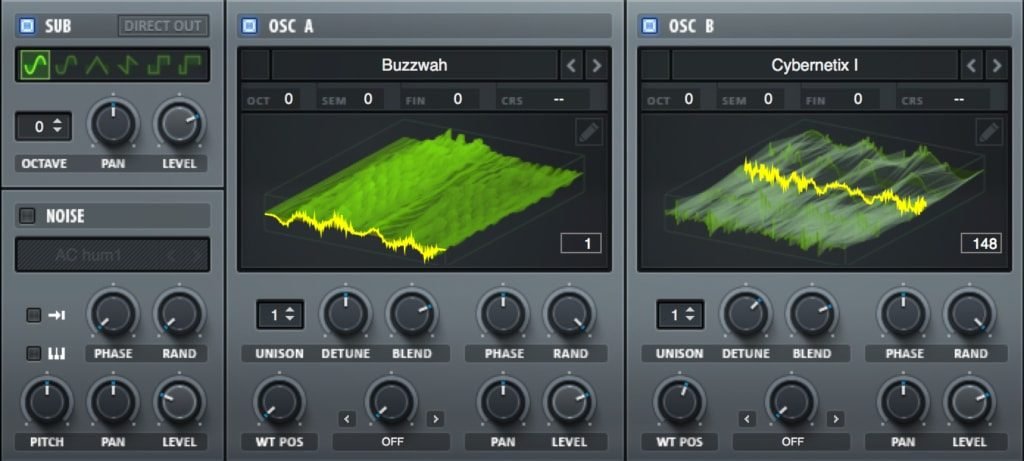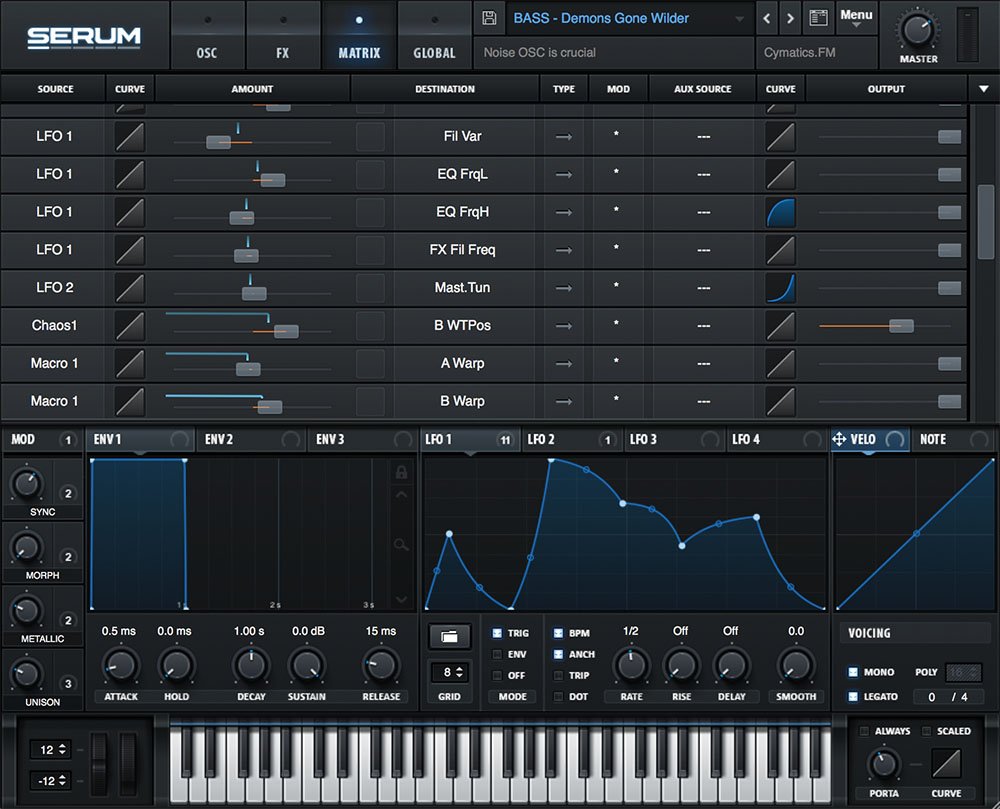A Guide to Creating Lush Pads with Serum
Introduction
Pads are the unsung heroes of the electronic music world, providing a rich, ambient backdrop that envelopes listeners in a sonic tapestry. These lush, evolving textures often evoke emotions, set moods, and add depth to music. While there are many tools available for pad creation, Serum stands out as a powerful and versatile synthesizer. In this comprehensive guide, we'll delve into the world of sound design with Serum, exploring techniques and tips to craft your own mesmerizing pads.
Understanding the Basics
Before we dive into the intricacies of pad creation, it's essential to grasp the fundamentals of Serum:
Oscillators: Serum offers a wide range of oscillators, including analog and digital types. These generate the raw waveforms upon which your pads are built.
Filters: Filters help shape the tonal characteristics of your sound. Serum provides various filter types, each with unique qualities.
Envelopes: Envelopes control how a sound evolves over time. To create lush pads, understanding envelope settings is crucial.
LFOs (Low-Frequency Oscillators): LFOs modulate parameters like pitch, filter cutoff, and wavetable position, adding movement and depth to your pads.
Modulation Matrix: This powerful feature connects various parameters, allowing for complex and evolving pad textures.
With these basics in mind, let's explore the step-by-step process of creating lush pads with Serum.
Step 1: Choose Your Oscillator
Start your pad creation by selecting an oscillator. Serum offers a broad palette of options, from classic analog waveforms to complex wavetables. To achieve lushness, consider using wavetables with harmonic-rich content, such as sawtooth or PWM (Pulse-Width Modulation). Layering multiple oscillators can also add depth and complexity to your sound.
Step 2: Set Up Filters
Filters are vital in sculpting the character of your pad. Experiment with different filter types like low-pass, band-pass, or comb filters. Use a gentle filter slope (12dB per octave or 24dB per octave) for smooth and gradual frequency reduction. Adjust the filter cutoff and resonance to fine-tune your sound. Additionally, consider modulating the filter cutoff with an LFO for a evolving effect.
Step 3: Envelopes and Amp Modulation
Envelopes play a pivotal role in pad creation. Start with the amplitude envelope (ADSR) to control the overall volume envelope of your pad. To craft a lush, slow-building pad, set a long attack time to create a gradual swell, and sustain the sound to keep it lush and sustaining.
Step 4: Add Modulation with LFOs
Low-frequency oscillators (LFOs) introduce movement to your pads. Attach an LFO to modulate parameters like pitch, filter cutoff, or wavetable position. Keep the LFO rate relatively slow for a gentle modulation, and experiment with different waveforms to achieve the desired effect. For example, a sine wave LFO can create a subtle, slow vibrato.
Step 5: Layering and Unison
Layering multiple instances of Serum and detuning them slightly can thicken your pad sound. Additionally, enabling the unison feature can create a lush, wide stereo image. Carefully adjust the unison settings to maintain the pad's warmth and avoid excessive detuning, which may lead to dissonance.
Step 6: Effects and Post-Processing
Serum offers a plethora of built-in effects like reverb, chorus, and delay. Utilize these effects to add space, depth, and character to your pad. Experiment with different reverb settings to create a sense of ambiance, and apply chorus and delay for additional textures and movement.
Step 7: Modulation Matrix Magic
One of Serum's standout features is the modulation matrix. It allows you to route LFOs, envelopes, and other modulators to a wide range of parameters, providing endless possibilities for sound shaping. Experiment with the modulation matrix to create evolving, complex pads by linking various parameters in creative ways.
Step 8: Presets and Starting Points
Don't be afraid to start with existing presets and tweak them to your liking. Serum has a vibrant user community, and you can find countless presets and wavetables online. These presets can serve as a foundation for your own sound design experiments.
Step 9: Experimentation and Exploration
Creating lush pads with Serum is an art, not a science. The real magic happens when you embrace experimentation. Try unconventional modulations, explore different wavetables, and think outside the box. The beauty of sound design is that there are no strict rules; let your creativity run wild.
Step 10: Save and Organize
As you experiment and create your unique pad sounds, don't forget to save your presets. Serum allows you to save your patches for future use, and organizing your presets in a logical folder structure will help you stay organized and efficient.
Conclusion
Serum is a powerful and versatile tool for crafting lush, evolving pads that can elevate your music to new heights. By understanding the basics of oscillators, filters, envelopes, LFOs, and the modulation matrix, you can begin your journey into the world of sound design. Remember to experiment, layer, and explore to find your unique sonic signature. Whether you're producing ambient, electronic, or any other genre, Serum's capabilities are sure to enhance your creative process and allow you to weave intricate soundscapes that captivate your listeners. So, start your pad creation journey today, and let the world of lush, ethereal soundscapes open up before you.





